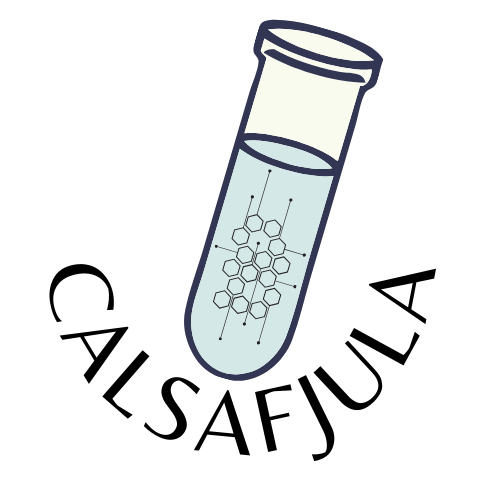How to Design an Innovation Challenge That Delivers ROI (Not Just Ideas)
5 Minute Read

Innovation challenges are everywhere in STEM—across biotech, cleantech, AI, and beyond.
But here’s the truth: most of them don’t generate real return. They sound exciting… until the whiteboards get erased, the winners get their prize, and nothing happens next.
If you want to build an innovation challenge that delivers measurable ROI—for your team, your company, and your investors—here’s how to do it right:
1. Start With a Clear Business Goal
Don’t start with a theme. Start with a pain point.
“We need a way to reduce lab sample processing time by 30%.”
“We’re losing too much time in clinical trial recruitment.”
“We need a better predictive tool for crop disease using satellite data.”
The more focused the problem, the more focused (and useful) the solutions will be.
2. Design Around Outcomes, Not Activities
Decide what “success” looks like before you launch.
• Do you want viable prototypes?
• Do you want to license solutions?
• Are you trying to find your next hire or startup partner?
• Will you invest in top teams or pilots?
This clarity helps you frame challenge prompts, prize structures, and follow-up expectations.
3. Offer the Right Incentives
The best participants don’t show up for swag—they show up for traction.
• Offer pilot contracts, lab access, or co-development deals
• Pair prizes with mentorship or capital pathways
• Promote exposure to real funders, not just judges
This makes your challenge a launchpad—not a one-off event.
4. Build a Follow-Through Plan
If your challenge ends at the award ceremony, you’ve wasted the best part.
• Assign internal champions to incubate winning solutions
• Hold post-challenge demos with investors or leadership
• Track outcomes like:
• Prototypes converted to products
• Hires made from participants
• Partnerships formed
• IP filed
This is where your ROI lives.
5. Involve Stakeholders from the Start
Let your leadership, R&D teams, and even investors help shape the challenge questions. This ensures alignment from day one.
Better yet? Let them help select winners they’re likely to fund, hire, or adopt.
ROI Metrics to Watch:
• Time saved in product cycles
• New IP or licensing opportunities
• Talent sourced
• Funding raised by top teams
• Cost of solution development vs. in-house R&D
Build Challenges That Work as Hard as Your Team Does
Innovation challenges should be tools—not theater.
When done right, they create solutions and surface talent while de-risking investments.
📩 Need help designing a challenge that actually delivers outcomes? Email me casim@calsafjula.com to schedule a meeting if you need help or want to hire me to do it for you.









